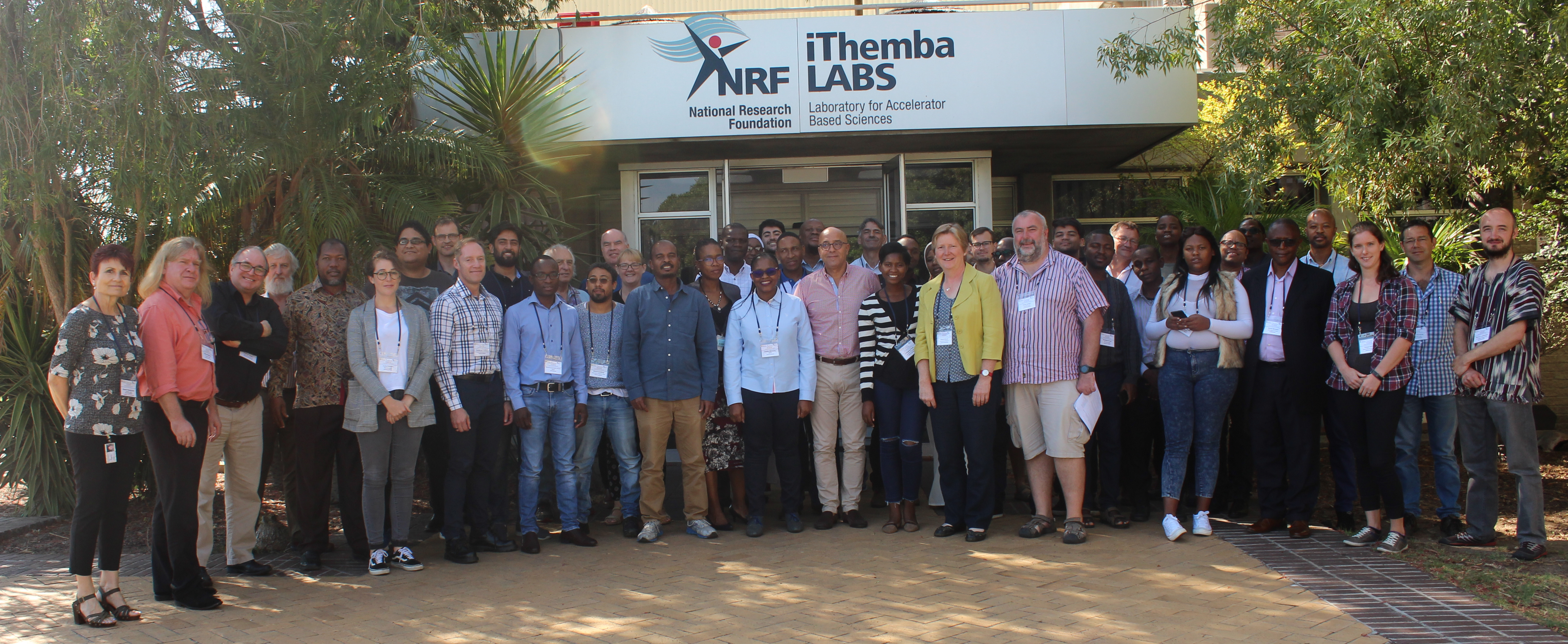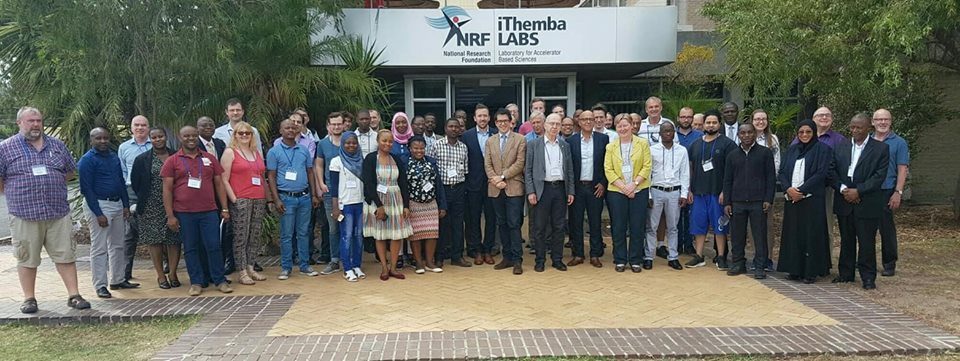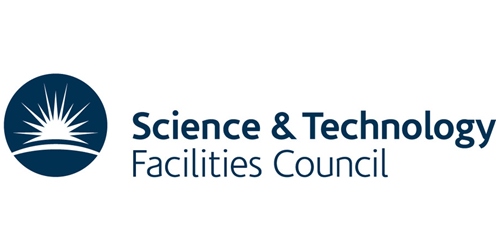Excited nuclei eventually de-excites mainly through electromagnetic transitions, e.g. gamma-ray transitions or electric monopole (E0) transition in an event that the former is forbidden. E0 transitions proceed via conversion electrons and electron-positron pairs (for transition energies > 1022 keV). Compared to gamma-ray transitions that are predominantly studied across the chart of nuclides, a great deal of E0 transitions and their associated excited 0+ states are still not firmly characterized.
Apart from being the only alternative means of unambiguously assigning spin and parity to states, E0 transitions also offer a reliable thumbprint for shape coexistence in nuclei, as the E0 transition strength can be used in the calculation of the mixing parameters for shapes suspected to be coexisting. Measurements of E0 transitions also helps elucidate phenomena relating to nuclear compressibility and isotope and isomer shift as well as provide sensitive tests on various models of nuclear structure [1][2][3][4].
A new facility, namely the electron spectrometer, for measuring E0 transitions was recently commissioned at iThemba Laboratory for Accelerator Based Sciences (LABS). The current work is aimed at giving the equipment new capability by adapting a segmented germanium (LEPS) detector into the spectrometer in order for it to be used to measure e-/e+ pairs of higher (> 3 MeV) energies as well. The LEPS detector is opted for owing to the scarcity (or exorbitant prices if found) of thick segmented Si(Li) detectors around the globe. The refurbishment is being aided by Geant4 simulations with magnetic field mapped out of the solenoid magnetic lens using OPERA-3D software [5]. The Transmission, efficiency, momentum resolution and other parameters of the spectrometer, obtained using Geant4 simulations, will be presented. On-going investigation on the feasibility of using a LEPS detector to measure internal pairs will also be discussed.
Once the facility is fully operational, the physics case will involve measuring E0 transitions in 50Ti, which will provide information that will subsequently be used to investigate the previously suspected existence of admixtures of 0+ excited states with 2+, 3+ and 4+ states [6][7][8].
References
[1] Michael Taylor et al. A triplet of differently shaped spin-zero states in the atomic nucleus 186Pb. Nature, 405:430{433, 5 2000.
[2] JL Wood et al. Coexistence in even-mass nuclei. Physics Reports, 215(3-4):101{201, 1992.
[3] Tibor Kibedi and Ray H Spear. Electric monopole transitions between 0+ states for nuclei throughout the periodic table. Atomic Data and Nuclear Data Tables, 89(1):77{100, 2005.
[4] JL Wood et al. Electric monopole transitions from low energy excitations
in nuclei. Nuclear Physics A, 651(4):323{368, 1999.
[5] Opera Electromagnetic FEA Simulation Software. Opera-3D software. [Online]. https://operafea.com/, [Accessed: 28 December 2018].
[6] DS Oakley et al. Pion elastic and inelastic scattering from 48;50Ti, 52Cr,
and 54;56Fe at 180 MeV: Determination of neutron and proton multipole matrix elements. Physical Review C, 35(4):1392, 1987.
[7] JG Pronko et al. gamma-ray deexcitation of Ti 50 states in the region of 4-MeV excitation. Physical Review C, 10(4):1345, 1974.
[8] HP Morsch. Monopole transitions in the inelastic 3He-scattering on Ti-isotopes. Physics Letters B, 47(1):21{23, 1973.







